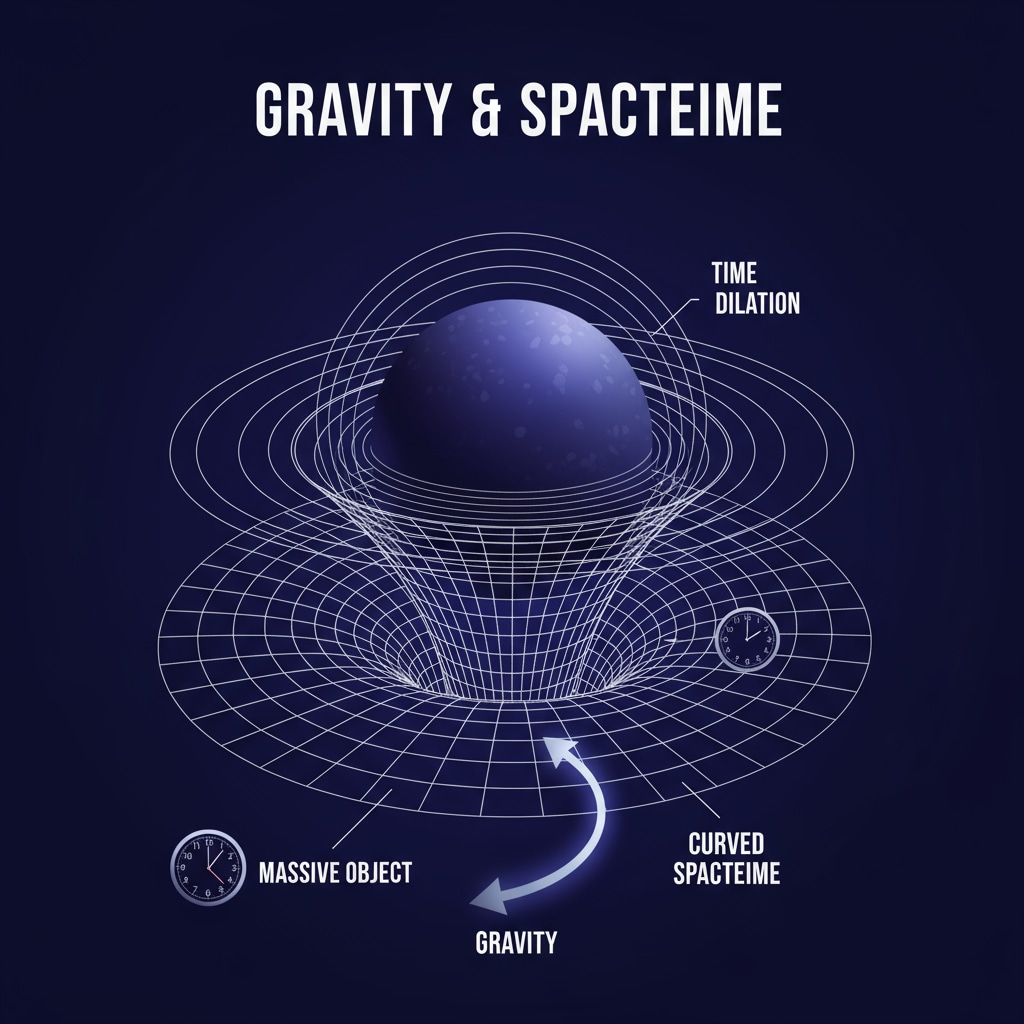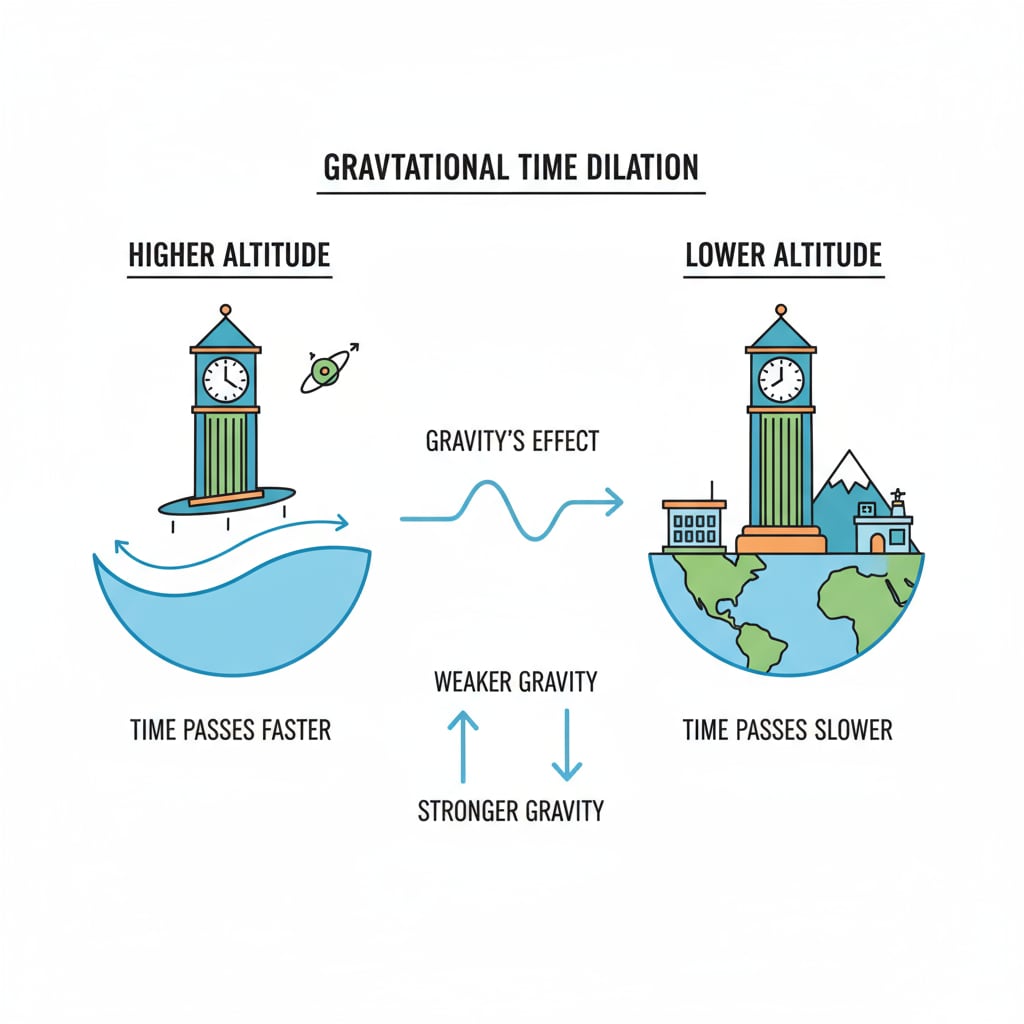Time bending, gravity, and their everyday impacts are concepts that might seem too complex for K12 students at first glance. However, with the right approach, they can be turned into exciting learning opportunities. Einstein’s theory of relativity introduced the idea that gravity can bend time, a phenomenon that has far-reaching implications not only in the realm of astrophysics but also in our daily lives.

The Concept of Time Bending
Time bending, also known as gravitational time dilation, is a consequence of Einstein’s general theory of relativity. According to this theory, gravity is not just a force pulling objects towards each other but rather a curvature in the fabric of space-time. Massive objects like planets and stars create a significant curvature in space-time. As a result, time passes more slowly in regions with stronger gravitational fields. For example, time runs slightly slower on the surface of the Earth compared to a point high above in space. General Relativity on Wikipedia
Gravity’s Role in Time Dilation
Gravity plays a crucial role in time dilation. The stronger the gravitational force, the greater the time dilation effect. Consider a person living at sea level and another living on a high mountain. The person at sea level experiences a slightly stronger gravitational force due to being closer to the center of the Earth. Consequently, time passes more slowly for them compared to the person on the mountain. Although the difference is extremely small in our daily lives, it has been experimentally verified. General Relativity on Britannica

Understanding these concepts can be made more accessible to K12 students through simple analogies and experiments. For instance, teachers can use a rubber sheet to represent space-time and a heavy ball to represent a massive object. Placing the ball on the rubber sheet causes it to sag, mimicking the curvature of space-time due to gravity. This hands-on approach can help students visualize the complex ideas of time bending and gravity.
Readability guidance: Keep paragraphs short and to the point. Use lists where possible to summarize key points. Ensure that the proportion of passive voice and long sentences is controlled. Incorporate transition words like “however”, “therefore”, “in addition”, “for example”, and “as a result” throughout the text.


